Ever wonder why you’re always dying at the end of soccer practice while your teammates are still chatting away? Or why you can barely make it up a few flights of stairs without feeling like your lungs might explode?
It all comes down to your cardiovascular endurance – and one of the most common ways to measure this is through something called the beep test.
I’m going to break down everything you need to know about this fitness assessment that athletes love to hate (and coaches love to use).

The Beep Test: What It Is and Why It Makes Everyone Suffer
Let’s start with the basics. The beep test (also called the bleep test, multistage fitness test, or 20m shuttle run) is designed to push your cardiovascular system to its limits while making you run back and forth like a hamster on caffeine.
It’s basically a running test where you sprint between two markers set 20 meters apart, trying to reach each marker before a beep sounds. Sounds simple, right?
Here’s the catch – the beeps get faster and faster until you’re sprinting at full tilt and your lungs feel like they’re on fire.
How the Beep Test Works
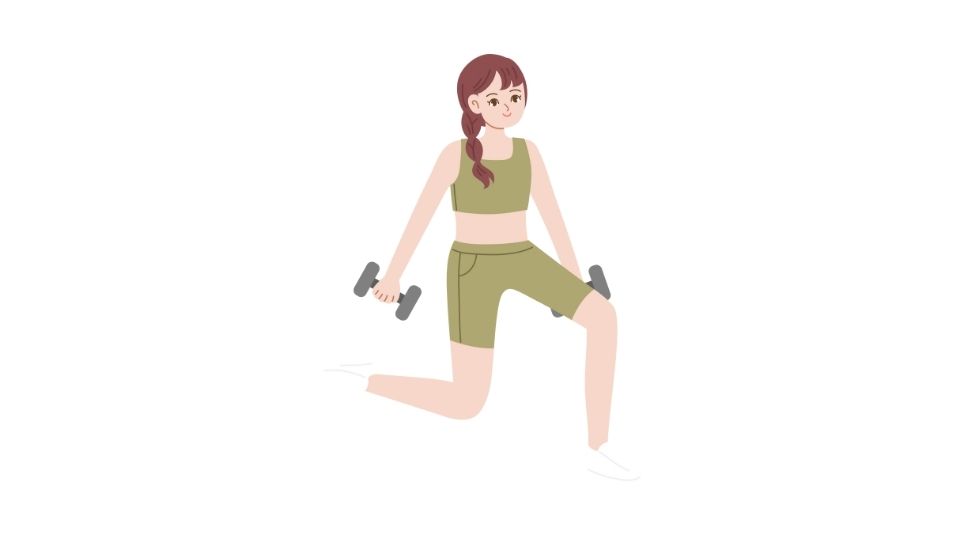
Picture this: You’re standing at one end of a 20-meter track marked with cones. When you hear the first beep, you start running to the opposite marker. Touch or cross the line, then wait for the next beep before running back.
The time between beeps gets shorter as you progress through each level, forcing you to run faster and faster. It’s basically a real-life game of “the floor is lava” except the lava rises with each beep.
Here’s what you need to know:
- The track is 20 meters long with cones at each end
- Initial running speed is typically 8.5 km/h
- Speed increases by 0.5 km/h every level (about one minute)
- The test ends when you can’t reach the marker before the beep twice in a row
- Your score is the level and number of shuttles you completed
According to research from the Journal of Sports Science, the beep test is one of the most reliable field tests for measuring aerobic fitness – which is why coaches everywhere still torture their athletes with it.
What the Beep Test Actually Measures
So why put yourself through this agony? Because the beep test is actually measuring something incredibly important: your VO2 max.
VO2 max is the maximum rate at which your body can consume oxygen during exercise – essentially your aerobic capacity. It’s like measuring the size of your engine rather than how fast your car can go.
The test helps determine:
- How efficiently your heart and lungs work together
- How well your body delivers oxygen to working muscles
- Your overall cardiovascular fitness level
- How your endurance compares to others
As the American College of Sports Medicine points out, your VO2 max is one of the best predictors of overall health and longevity. It’s not just about sports performance – it’s about how well your body functions.
Running the Beep Test: A Step-by-Step Guide
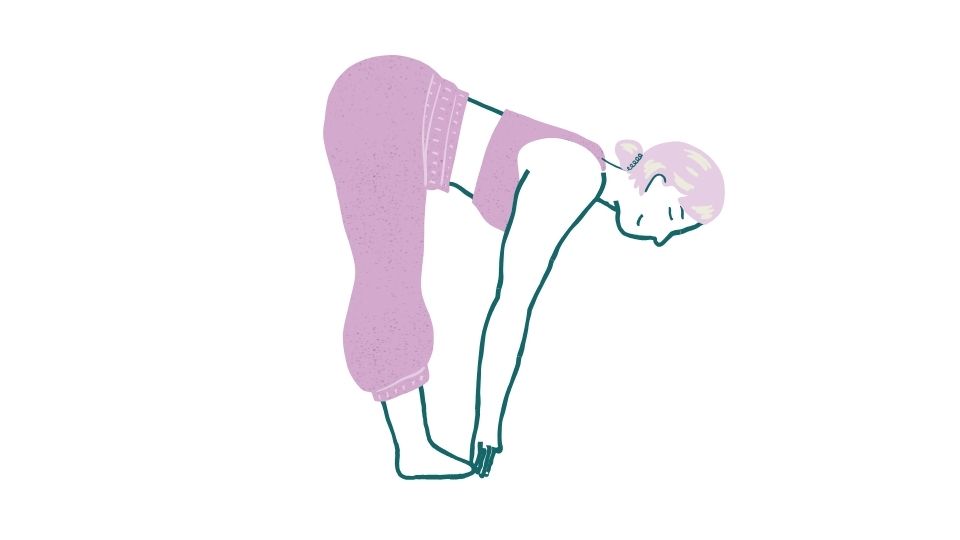
Want to try this torture device I mean, fitness assessment for yourself? Here’s how to set it up:
- Find a flat, non-slip surface that’s at least 25 meters long (allowing extra space at the ends)
- Mark your 20-meter course with cones, tape, or anything visible
- Download a beep test app or find the audio online (there are tons of free versions)
- Warm up thoroughly – you’ll be pushing hard, so get those muscles ready
- Start the audio and begin running with the first beep
- Pace yourself early on – the first few levels are deceptively easy
- Record your score when you can no longer keep up (level + shuttles)
Pro tip: If you’re doing this for the first time, prepare to be humbled. Even fit individuals are often surprised by how challenging this test becomes around level 8-10.
Scoring and What Your Results Mean
So you’ve collapsed in a heap after giving your all. Now what do those numbers actually mean?
Your score will look something like “9.5” – meaning you completed level 9 and 5 shuttles into level 10. This can be converted to estimate your VO2 max using established formulas.
Here’s a quick reference for what your score might indicate:
- Below average: Men < level 5, Women < level 4
- Average: Men levels 5-7, Women levels 4-6
- Good: Men levels 8-10, Women levels 7-9
- Excellent: Men > level 11, Women > level 10
The Cooper Institute has comprehensive fitness standards that can help you interpret your results based on age and gender.
Remember, this isn’t just about comparing yourself to others. Tracking your own progress over time is where the real value lies. Try testing every 6-8 weeks if you’re on a specific training program.
Why Coaches and Athletes Love (and Hate) It
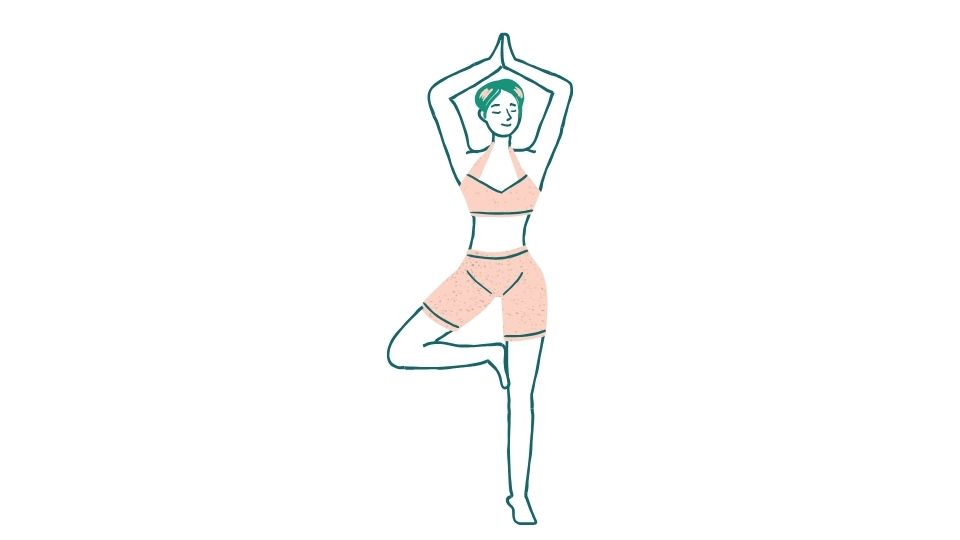
The beep test has been a staple in fitness assessment for decades, and for good reasons:
- It’s cheap and easy to administer – all you need is some space and an audio player
- It tests multiple fitness components simultaneously (aerobic power, agility, mental toughness)
- It simulates the stop-start nature of many team sports
- It’s standardized worldwide, allowing for comparison across different populations
- It’s weirdly motivating – there’s something about those beeps that pushes you harder
According to a systematic review in Sports Medicine, the beep test is particularly valuable for sports like soccer, basketball, and rugby that require repeated sprints with quick recovery.
Beyond the Beeps: Practical Applications
So you’ve got your beep test score – now what?
First, understand that this is just one measure of fitness. It doesn’t tell the whole story about your athletic ability, but it does provide valuable insight into your cardiovascular system.
Use your results to:
- Set baseline fitness before starting a new training program
- Track improvements in aerobic capacity over time
- Identify weaknesses in your conditioning that need addressing
- Compare your fitness relative to position-specific requirements in team sports
For coaches, it’s a fantastic motivational tool. There’s nothing like telling a team their beep test is coming up to ensure everyone shows up for training the week before!
Final Thoughts: Love It or Hate It, It Works
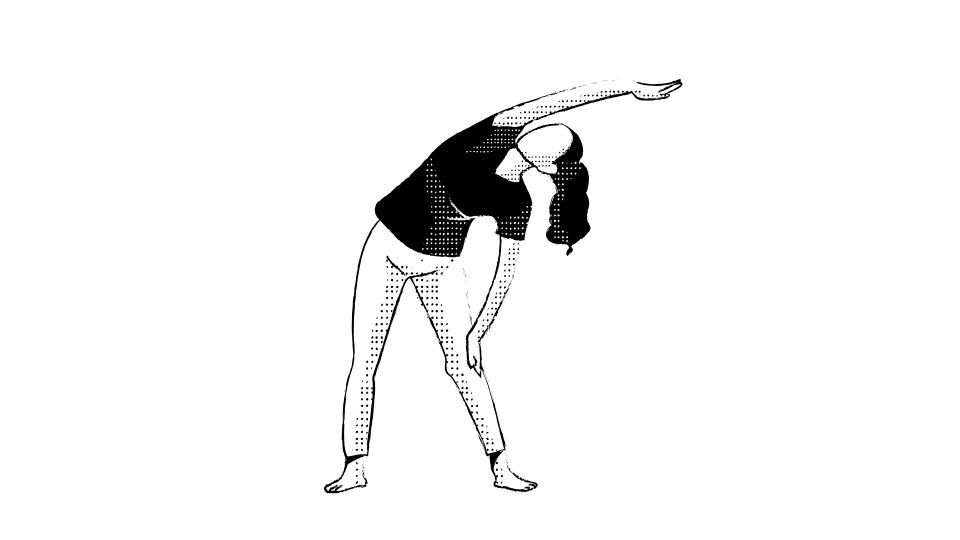
The beep test isn’t glamorous. It doesn’t have fancy equipment. And it definitely doesn’t feel good while you’re doing it.
But it works.
It’s stood the test of time because it provides valuable data about your cardiovascular fitness in a relatively short, standardized format that can be administered to groups with minimal equipment.
So next time you’re standing at that starting line, waiting for the first beep with a mix of dread and determination, remember – you’re not just running back and forth for no reason. You’re measuring one of the most important aspects of your physical fitness.
And hey, at least it’s over quicker than a marathon!



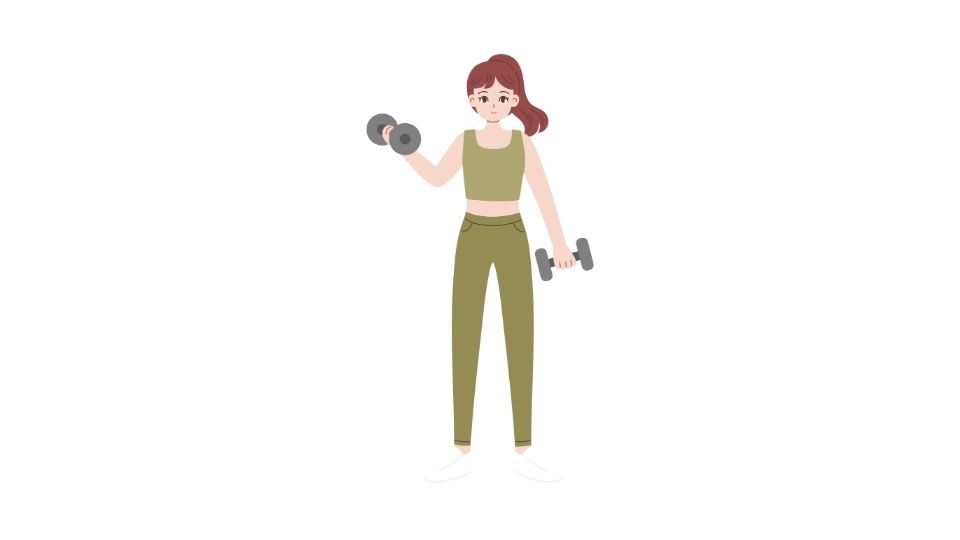
Leave a Reply